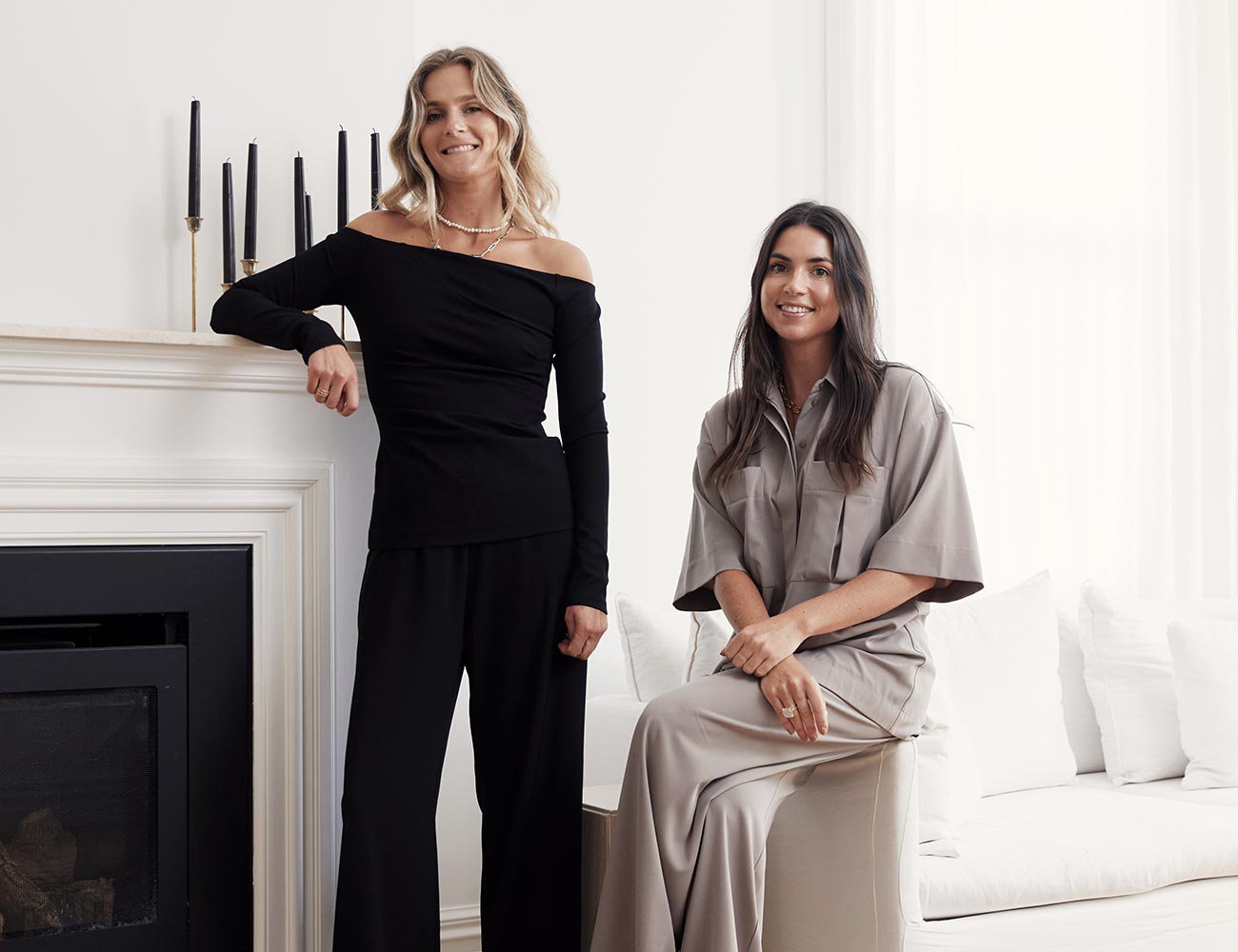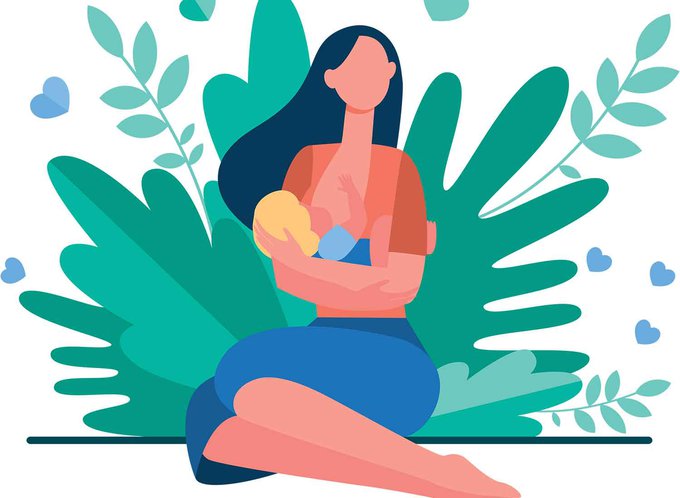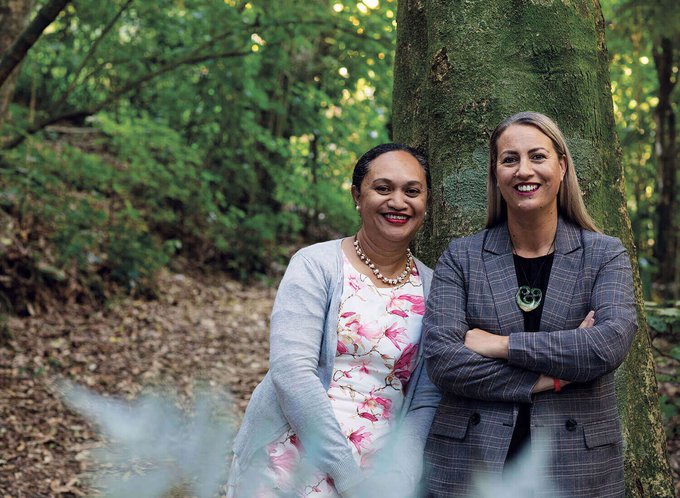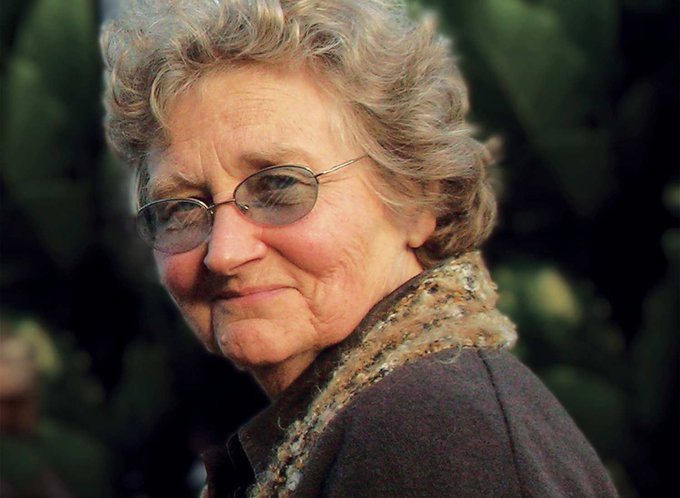Evidence suggests Kiwi women are paid less than men, take more time out from work to take on caring responsibilities and are uncomfortable discussing money – and their KiwiSaver balances are suffering as a result. Could policy solutions help tackle this gendered gap?
By Sharon Stephenson
No-one’s quite sure who said it, but there’s a quote Janice Richards likes so much she cross-stitched it and hung it on the wall of her suburban Wellington home: Retirement is wonderful if you have two essentials: much to live on and much to live for.
Ironically, Richards doesn’t have much of either.
By now, the 69-year-old accounts clerk should have said goodbye to the world of work. Instead, she works three days a week for the logistics company she’s been with for 20 years.
“I can’t afford to retire,” says the mother of three and grandmother of one. “Even with superannuation, my income is barely enough to cover rent, food and bills. I can’t afford a car, I have little savings and I’ve only been in KiwiSaver for 10 years. I’ll probably be working until I drop.”
Startling statistics
Janice isn’t alone.
Studies show that women in Aotearoa are more likely than men to reach retirement age without secure housing and with less money saved.
A report from Te Ara Ahunga Ora Retirement Commission released in April this year, which surveyed almost three million members, showed that men’s KiwiSaver retirement savings are 20% higher than that of the average woman. That translates to $32,553 for the average man’s KiwiSaver balance, while the average woman’s balance was $27,061. The gap widened to as much as 32% for women in their 50s.
What’s more, the survey revealed that one-third of Kiwi women have less than $5,000 in their KiwiSaver accounts and just 4% had more than $50,000 compared to 13% of men.
The report attributed the gap to the fact that women are, on average, paid less than men – Aotearoa has a reported 9.1% gender pay gap where women receive only 80 cents for every dollar Kiwi men are paid – and women also typically take more time out from paid work because of maternity and family commitments. Women are often also financially worse off than men after relationship breakdowns or other life shocks.
“This impacts women’s earnings, their KiwiSaver contributions and ultimately their retirement balances, which has a negative impact on their quality of life in later years,” Retirement Commissioner Jane Wrightson was reported as saying.
And that’s before we get to a global pandemic, which has had more of an impact on women than men. In 2020, of the 11,000 New Zealanders who lost their jobs, 10,000 were women. Globally, women’s job losses due to COVID-19 were 1.8 times greater than men’s.
Policy solutions
The report prompted state-owned KiwiSaver provider Kiwi Wealth to do a deeper dive into the gender retirement gap, commissioning the New Zealand Institute of Economic Research (NZIER) to look at the key drivers behind the gap and recommend policy solutions on ways to help close it.
 By modelling various scenarios, Christina Leung (pictured) and Michael Bealing, Principal Economists at NZIER, identified four key drivers for New Zealand’s gender retirement gap, from pay equity and labour force participation gap to career breaks (and changes due to motherhood) and self-reported low confidence and knowledge associated with investing, specifically in the KiwiSaver scheme.
By modelling various scenarios, Christina Leung (pictured) and Michael Bealing, Principal Economists at NZIER, identified four key drivers for New Zealand’s gender retirement gap, from pay equity and labour force participation gap to career breaks (and changes due to motherhood) and self-reported low confidence and knowledge associated with investing, specifically in the KiwiSaver scheme.
Their research found the biggest hit on women’s finances came from taking time out of the workforce.
“We found that a woman on the median wage who continued to work full-time throughout her life could achieve a savings balance of around $513,000 by the age of 65,” says Christina. “But if she had a child at age 30 and didn’t return to the workforce at all by age 65, this would be reduced by $318,000.”
The research also found that women who took a year out of the workforce on parental leave resulted in a $15,000 reduction in retirement savings. “Given that retirement savings flow through from contributions, any break or decline in contributions has a flow-on effect and becomes compounded over the years.”
Women’s tendency to be more financially risk-averse than male investors also has its drawbacks, says Christina.
“Our research found that women were more likely to be in a conservative KiwiSaver fund versus a growth fund. Based on an average annual return of 2.5% for a conservative fund versus 4.5% for a growth fund, a person who stuck with a conservative fund for their entire working life would have $298,000 less at retirement.”
Investing in the future
Victoria Harris, Co-founder and Head of Finance at The Curve, an online literacy platform that aims to make women more confident about their finances, isn’t surprised by these figures.
Victoria, who is also a Portfolio Manager at Devon Funds Management, says studies show 60% of women would rather talk about death than their finances.
“A friend once told me that her father only discussed investing with her brothers because he assumed she wouldn’t be interested. “It’s a narrative I hear often” says Victoria.
“Yet despite being much more equal participants in the workforce and more than equal contributors to the household finances, women still lack the education and knowledge of investing and growing our wealth. A lack of investing knowledge can have a huge impact on our wealth trajectory.
“It pains me to say it, but women are much more likely than men to end up in financial hardship at retirement.”
Compounding the issue is that, on average, women live four years longer in retirement than men. “So our lower level of retirement savings actually has to go further too.”
But here’s the irony: women actually make better investors. Research shows that women investors consistently outperform men, showing greater restraint, making fewer trades and generally holding on to stocks much longer than men.
Yet a recent US study found that only one in three American women felt confident in their ability to invest, and only 14% said they knew a lot about saving and investing.
“We’ve been conditioned to save, not invest in our growth,” says Victoria, who launched The Curve in 2020 as a way to share her investment knowledge via workshops, a podcast and online courses.
“That lack of knowledge and risk aversion means that we put our money into a low-risk, low-return asset like cash in the bank because that’s all we know.”
The key, she says, is to increase financial education, particularly in schools and workplaces, to engage and empower women – especially wāhine Māori and Pasifika women – to better understand how to grow and protect their wealth.

Victoria Harris and Sophie Hallwright, Founders of The Curve
Closing the gap
One of the NZIER’s key recommendations was for the government to increase its commitment to help close the retirement gender gap – firstly by closing the pay equity gap.
That included a universal carer payment to recognise the contribution that carers make to society. “This would enable carers of any gender to continue to receive KiwiSaver from the government,” says Christina.
The report also recommended employers continue to pay for employee KiwiSaver contributions while on maternity leave as well as to partner with KiwiSaver scheme providers to improve financial confidence and knowledge among women.
Christina says, “That includes providing better transparency around funds and how they’re performing so that women understand the potential average returns relative to other fund types.”
She says employers also have a role to play in actively assessing, reporting and working to eliminate unconscious gender bias gaps in their business as well as employing more women.
“It’s clear that more can be done by policy makers and business to put more – equitable settings in place to achieve equity in KiwiSaver outcomes for women. Failure to act would be detrimental to the long-term wellbeing of women in New Zealand.”
Know someone who might enjoy this?
Read this next
-
March 2021
Helping Kiwi babies thrive
-
July 2021
Celebrating early women doctors
-
July 2021
Shared ambition
-
November 2022
The right to choose
Money
See all-
March 2021
Reimagining the Kiwi homeownership dream
-
March 2022
Taking an active approach to investing
-
July 2022
The Curve: Raising financial literacy







